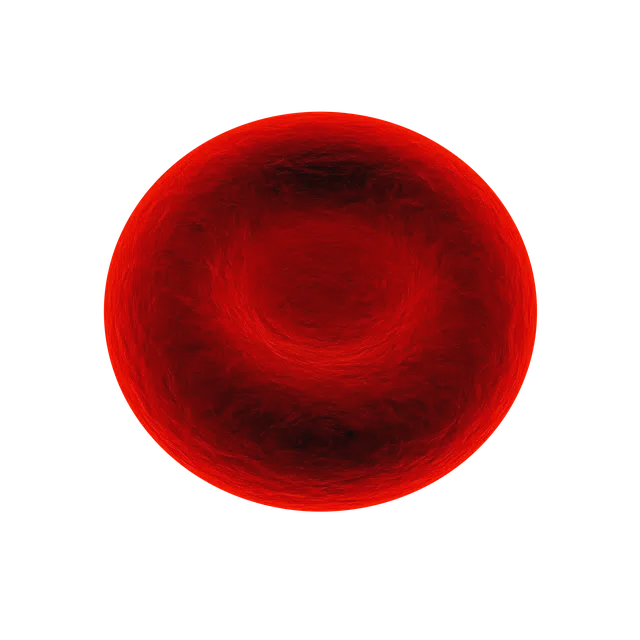
Erythrocytes are also known as red blood cells or red blood cells.
The etymology of erythrocyte refers us to the scientific Latin erythrocytus . This term, in turn, is composed of a Greek word ( erythro ) and another Latin word ( cytus ). Erythrocytes are red blood cells : that is, red blood cells .
These are globose cells found in the blood . There are two types of blood cells: red blood cells or erythrocytes and white blood cells, also known as leukocytes . These cells fulfill different functions that are important for the body.
Characteristics of erythrocytes
Erythrocytes are the cells found in greatest number in the blood. Men have about 5,400,000 erythrocytes per cubic millimeter of blood, while women have about 4,500,000. When a blood test is performed and the erythrocyte values are far from these parameters, the abnormal result may reveal the presence of a disease or some type of disorder.
Both erythrocytes and leukocytes originate in the bone marrow . Erythrocytes do not have mitochondria or a nucleus : in their cytoplasm, they house hemoglobin , a protein that gives them their red color and is responsible for transporting oxygen from the respiratory organs to the various tissues.

An erythrocyte can suffer different types of alterations.
Alterations of these cells
Macrocytosis, anisocytosis, dianocytosis, spherocytosis, polychromasia and hypochromia are some of the alterations in shape, size and color that erythrocytes can suffer.
Erythrocytes in a state of anisocytosis present a marked variation in their dimensions , unlike a normal situation, in which they would all have the same diameter. In other words, when red blood cells of different sizes are observed in a blood sample, it is called anisocytosis and can appear after a transfusion. It is worth mentioning that when white blood cells present considerable variations in diameter, this term is also used.
On the other hand, there is microcytosis , when the diameter and volume of the erythrocytes are less than 7 microns and 80 cubic microns, respectively. This alteration usually appears in cases of sideroacrestic anemia, thalassemia or iron deficiency anemia.
Macrocytosis , for its part, is an alteration opposite to the previous one, since it is characterized by an increase in the longitudinal diameter and volume of the erythrocytes, exceeding 8 microns and 100 cubic microns, respectively. It occurs in chronic liver disease and in cases of alcoholism. Megalocytosis has an even larger longitudinal diameter: 11 microns, and appears with megaloblastic anemia.
Other red blood cell disorders
Regarding shape alterations, one of the most common is poikilocytosis , which causes variability or inequality of erythrocytes within a smear or sample. Dacryocytosis , on the other hand, results in oval-shaped red blood cells with one end especially sharp, as if it were a drop of water.
This alteration occurs in any condition linked to splenomegaly, as well as in thalassemia, megaloblastic anemia and kidney disease. When erythrocytes have spikes of irregular position and length , we speak of acanthocytosis , an alteration that occurs in cases of liver cirrhosis, abetalipoproteinemia and myelofibrosis (both chronic and acute).
Another alteration in the shape of erythrocytes is diacytosis , which makes them flat and with an appearance similar to that of a pointed hat. If you look at them from the front, you can see a colored border that delimits a pale region with a colored center, which makes them look like "targets." Liver disease and thalassemia are two disorders associated with dianocytosis.
anemia
When a person has a low level of red blood cells, they have anemia .
This pathology can be a sign of a gastrointestinal problem, hyperthyroidism, hypothyroidism, kidney failure or malnutrition, for example. If the level of erythrocytes is high, however, it is called polycythemia .
